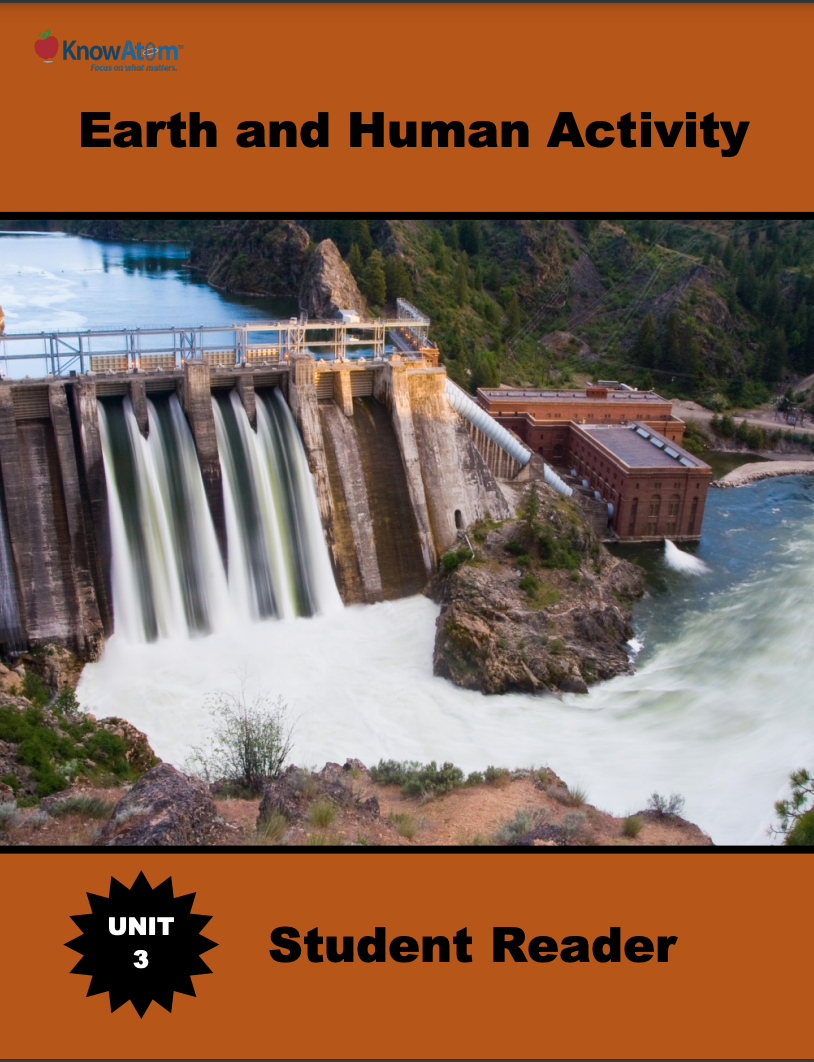
In this unit, students focus on the science phenomena of Earth’s interacting systems, evaluating how the hydrosphere and geosphere are shaped by one another. In the first lesson of the unit, students conduct an experiment to determine how the particle size of an Earth material affects its permeability to water. This page highlights key excerpts from the components of this lesson.
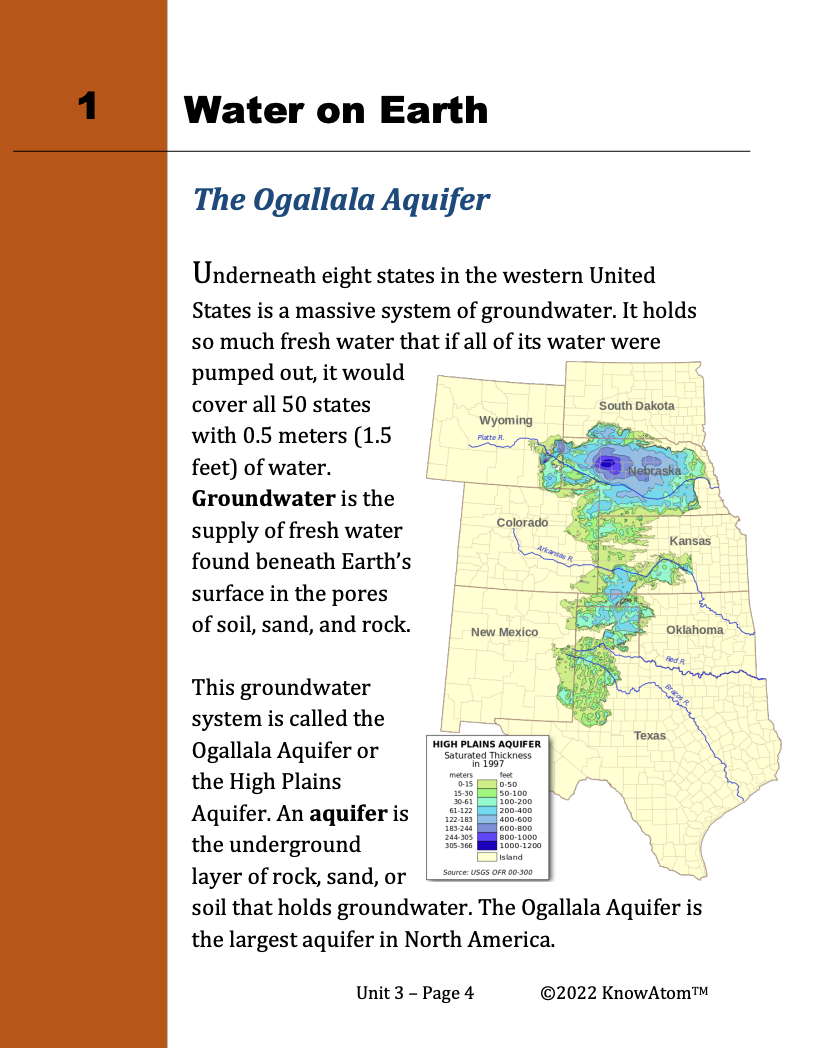
In this unit, students focus on Earth’s interacting systems, evaluating how the hydrosphere and geosphere are shaped by one another. In this lesson, they analyze how people use dams to harness the energy in water, and how dams impact the environment. This page highlights each element of this lesson.
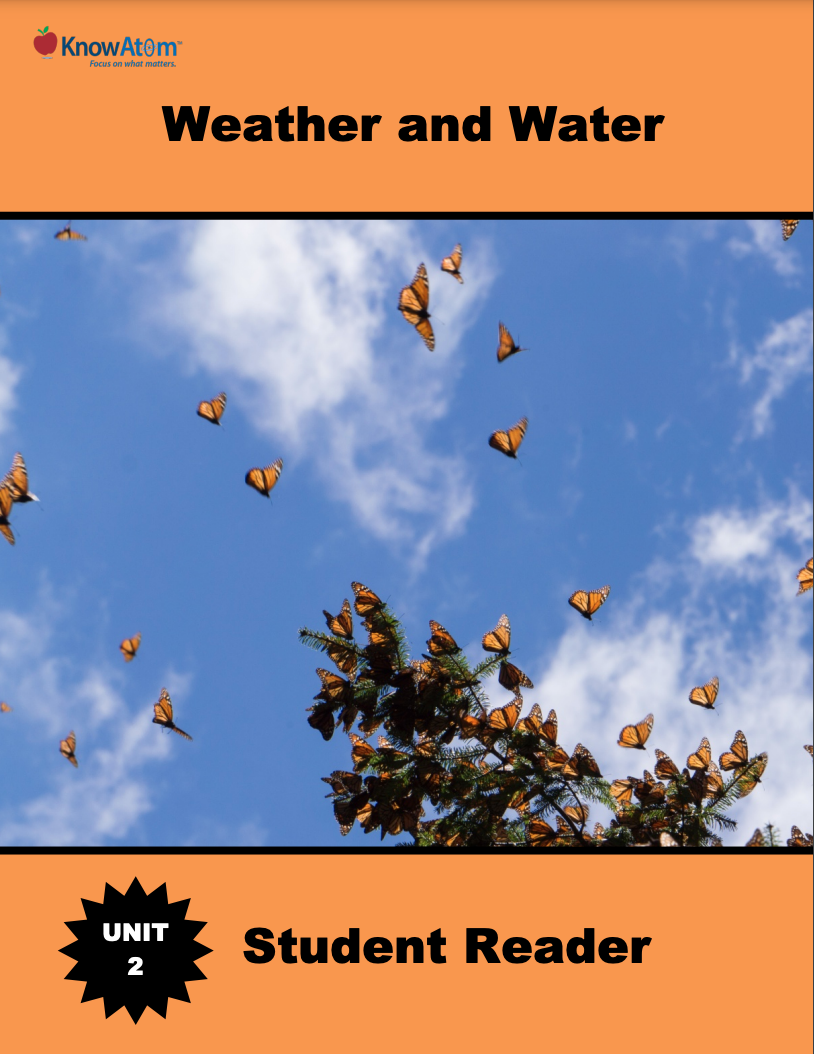
In the last unit, students learned about matter as they explored Earth’s position in the solar system. In this unit, students discuss how the sun provides light and heat to Earth, powering the water cycle, which in turn influences weather and climate. Students analyze the science phenomena of weather patterns in specific regions during a particular season.
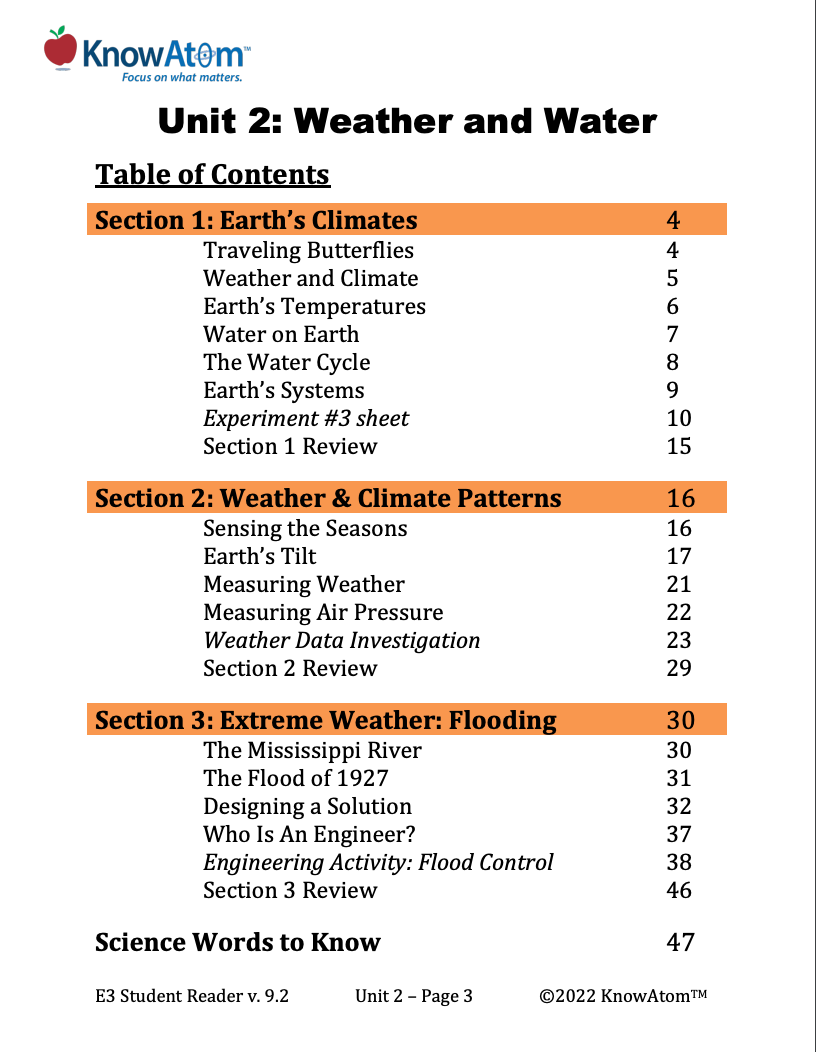
In this unit, students discover how the sun provides light and heat to Earth and how the water cycle influences weather and climate. Students analyze weather patterns in specific regions during a particular season. They then use that knowledge to study the effects of extreme weather on humans, evaluating solutions to protect against those effects.
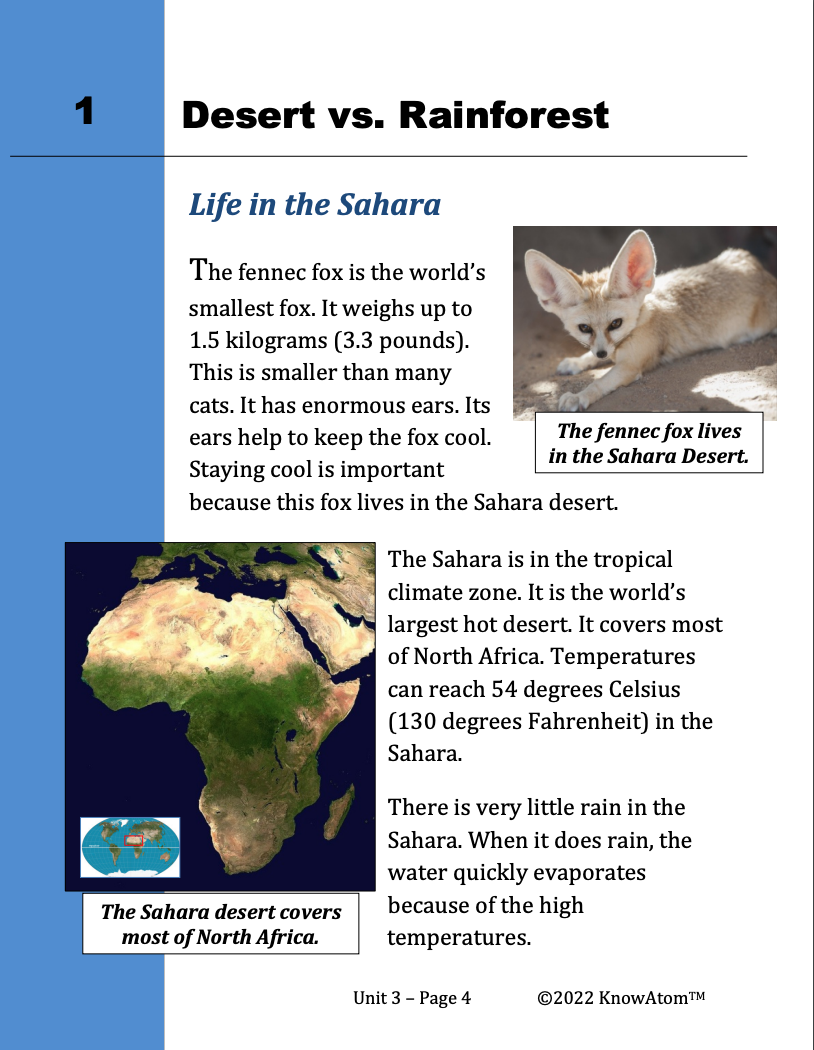
In this lesson, students evaluate the science phenomena of how organisms are affected when the environment changes. Students carry out an experiment to analyze two possible solutions that could be used to help a population of harpy eagles recover from the impacts of deforestation over time. This is a high-level extract of this lesson.
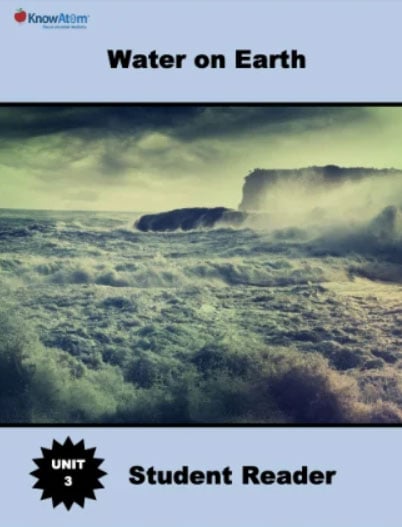
In this unit, students analyze the science phenomena of the important role that oceans play in regulating Earth’s climate. In this lesson, they focus on how oceans interact with other Earth systems to distribute water and heat around the planet, resulting in various weather patterns, including hurricanes. This page highlights key components of this lesson.
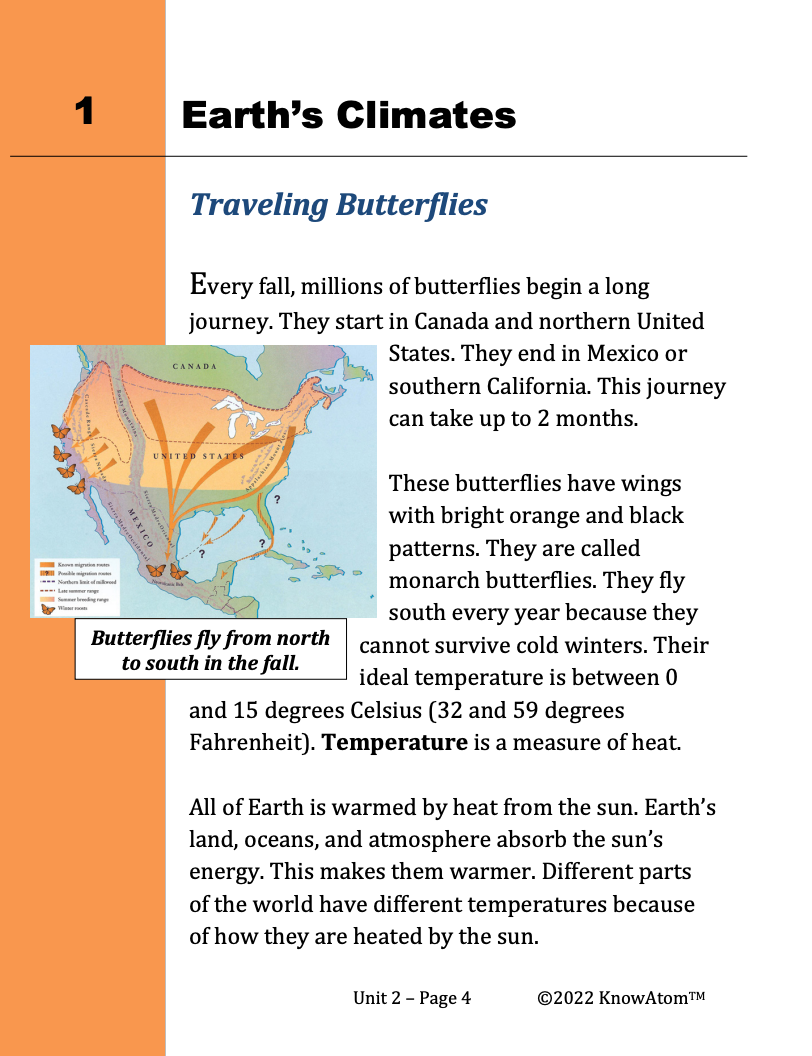
In this unit, students explore the science phenomena of Earth’s weather system and analyze how heat from the sun warms Earth’s surface unevenly, powering the water cycle, which in turn drives weather and climate on the planet. Students create weather instruments to collect and analyze daily weather data.
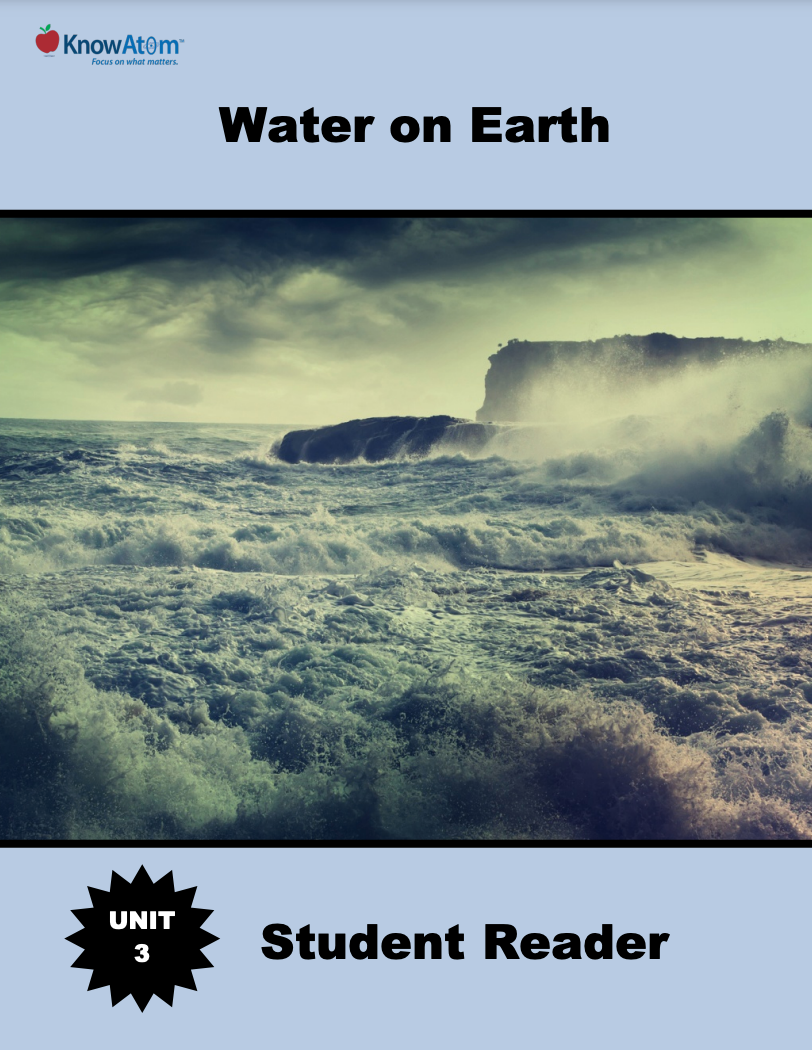
In this unit, students analyze the phenomena of Earth’s interacting systems, focusing on how the hydrosphere interacts with and is influenced by the other systems. In this lesson, students graph and model the distribution of fresh water and salt water on Earth and use a physical model to analyze how fresh water moves and becomes salty. This page showcases each section of this lesson.
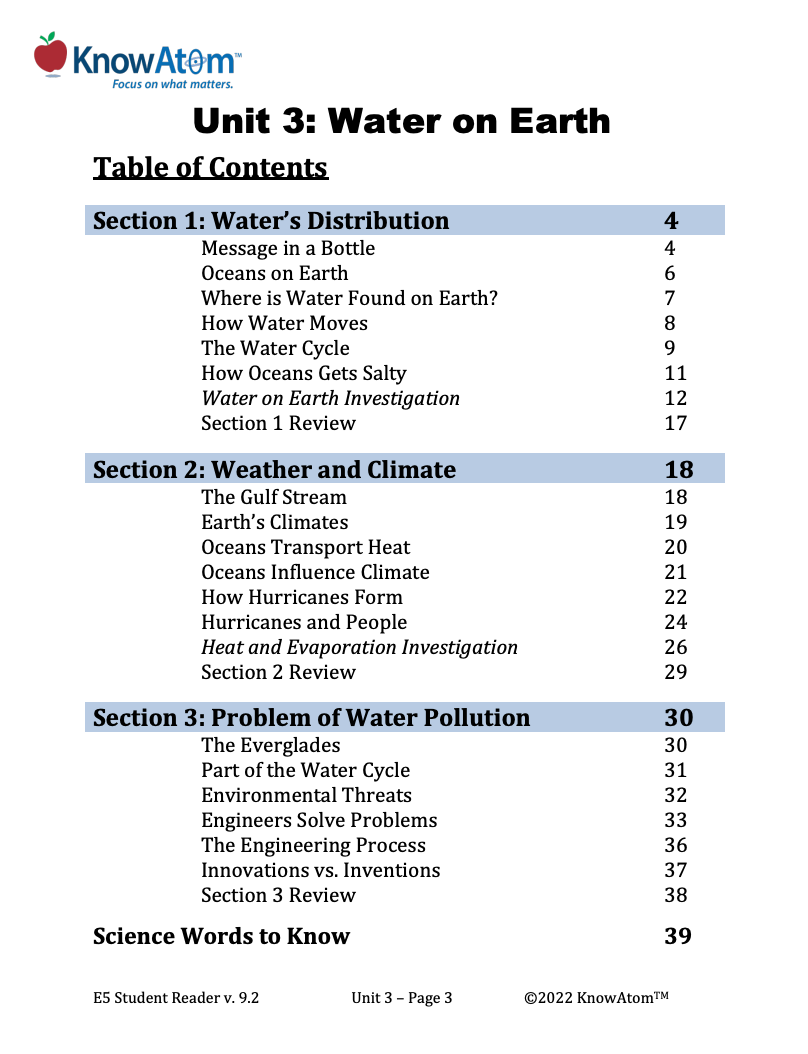
In this unit, students analyze the science phenomena of the important role that oceans play in regulating Earth’s climate. In this lesson, they focus on how oceans interact with other Earth systems to distribute water and heat around the planet, resulting in various weather patterns, including hurricanes. This page highlights key components of this lesson.
Standards citation: NGSS Lead States. 2013. Next Generation Science Standards: For States, By States. Washington, DC: The National Academies Press. Neither WestEd nor the lead states and partners that developed the Next Generation Science Standards were involved in the production of this product, and do not endorse it.
